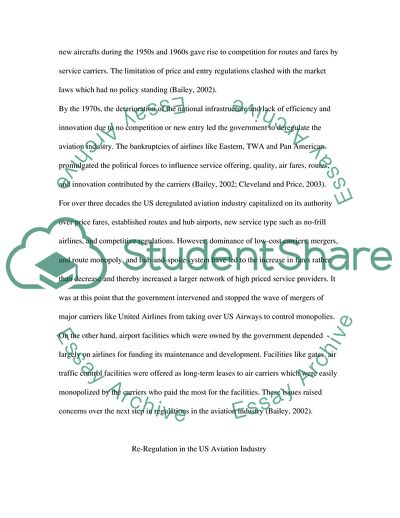Cite this document
(Re-regulation of the US Aviation Coursework Example | Topics and Well Written Essays - 1750 words, n.d.)
Re-regulation of the US Aviation Coursework Example | Topics and Well Written Essays - 1750 words. https://studentshare.org/technology/1727997-re-regulation-of-aviation
Re-regulation of the US Aviation Coursework Example | Topics and Well Written Essays - 1750 words. https://studentshare.org/technology/1727997-re-regulation-of-aviation
(Re-Regulation of the US Aviation Coursework Example | Topics and Well Written Essays - 1750 Words)
Re-Regulation of the US Aviation Coursework Example | Topics and Well Written Essays - 1750 Words. https://studentshare.org/technology/1727997-re-regulation-of-aviation.
Re-Regulation of the US Aviation Coursework Example | Topics and Well Written Essays - 1750 Words. https://studentshare.org/technology/1727997-re-regulation-of-aviation.
“Re-Regulation of the US Aviation Coursework Example | Topics and Well Written Essays - 1750 Words”. https://studentshare.org/technology/1727997-re-regulation-of-aviation.


